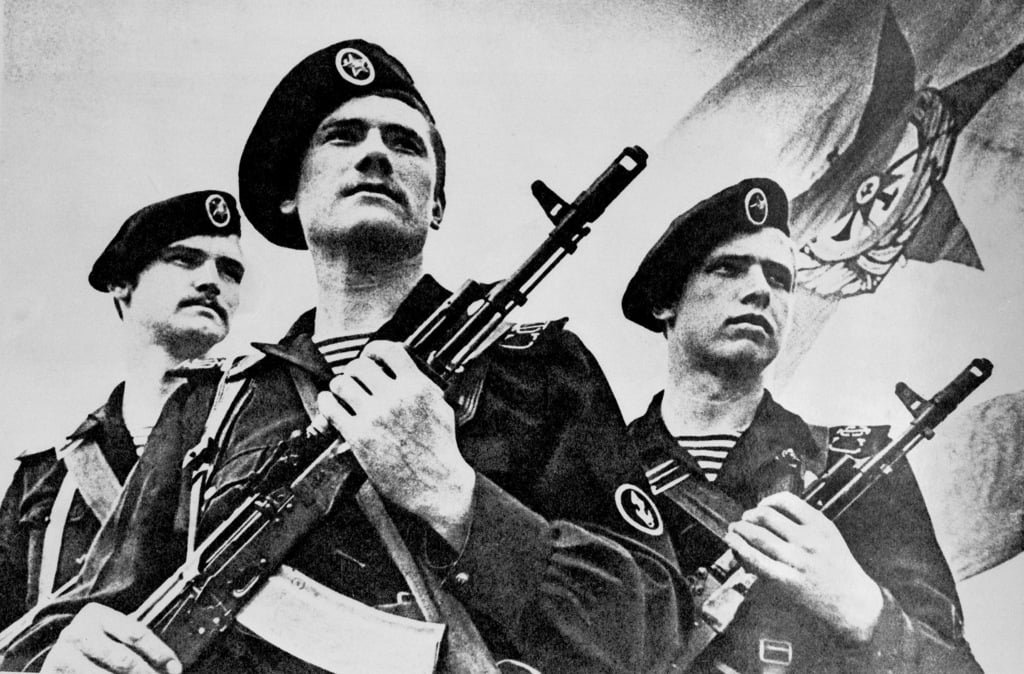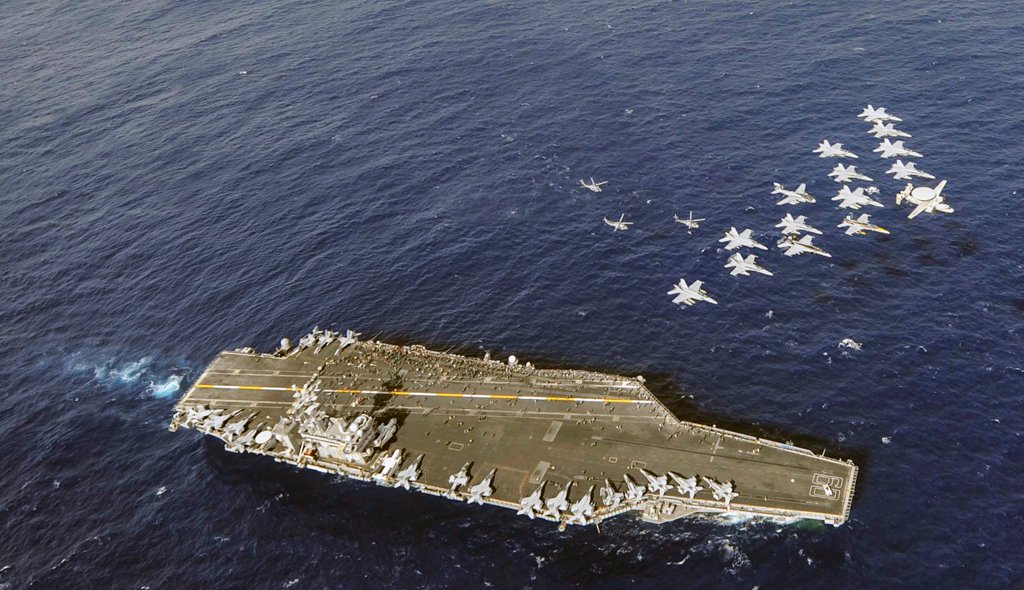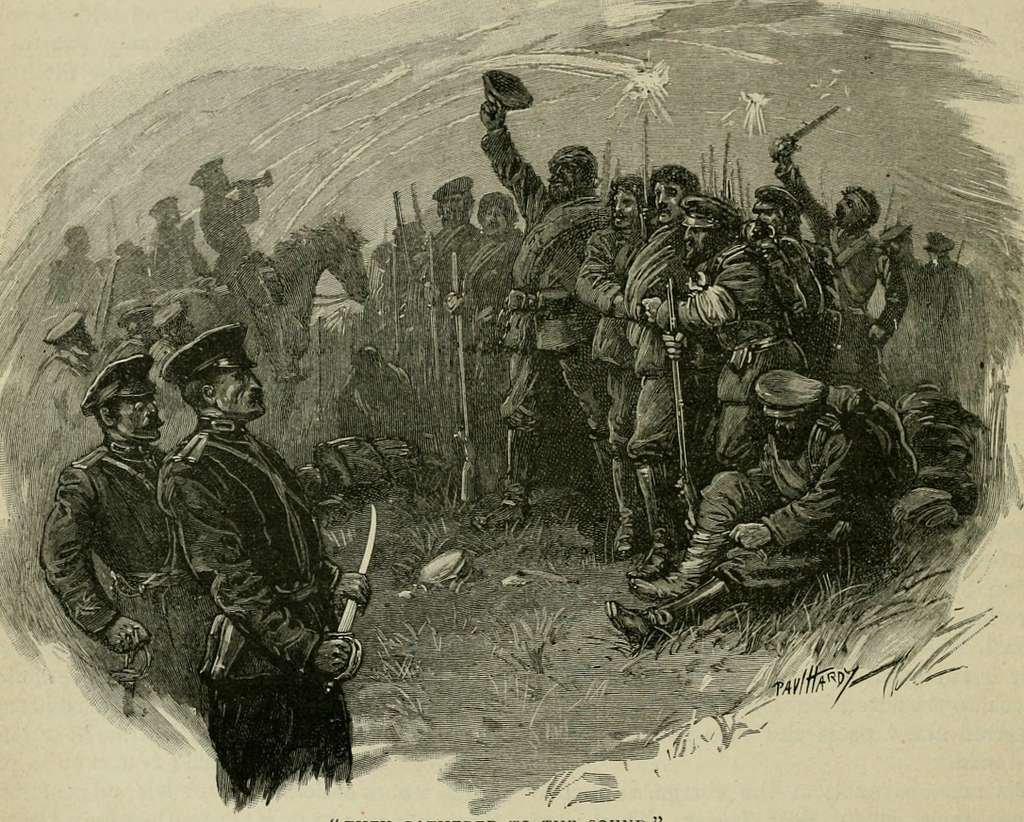The First World War stands as a pivotal point in human history, reshaping the landscape of warfare and introducing groundbreaking technological advancements that forever altered the nature of combat. Amidst the grim trenches and strategic stalemates emerged a revolutionary invention that would transform the battlefield – the Mark I tank.
As nations grappled with the harrowing realities of trench warfare during the early 20th century, the need for a solution to break the deadlock became paramount. It was amidst this backdrop of relentless conflict that the concept of the tank took root. The Mark I tank, an emblem of innovation and military prowess, stands as a testament to the ingenuity borne of necessity during this tumultuous era.
The genesis of the Mark I tank can be traced to the innovative minds and relentless efforts of individuals determined to overcome the challenges posed by static defensive positions. Originating from the British initiative, this armored behemoth marked a seismic shift in military technology, forever altering the course of warfare.
Not limited to a singular design or model, the Mark I tank was merely the vanguard of a series of evolutions in tank development. As the conflict raged on, subsequent tank models emerged, each iteration refining the balance between armor, mobility, and firepower. From the initial deployment of the Mark I to the introduction of the Mark IV and beyond, these armored vehicles epitomized the relentless pursuit of tactical superiority.
The introduction of the tank onto the battlefield was a watershed moment, redefining traditional strategies and doctrines. Its advent signaled the dawn of mechanized warfare, challenging established norms and paving the way for a new era in military tactics and technology. The Mark I tank, with its crude yet groundbreaking design, laid the foundation for the modern armored vehicles that continue to dominate battlefields across the globe.
Table of Contents
Which country made the first tank?
The development of the first tank is credited to Great Britain during World War I. The British were the first to conceptualize and create what would become the precursor to modern tanks. The innovation and creation of this armored vehicle emerged from a pressing need to break the deadlock of trench warfare and overcome the challenges of static defenses during the war.
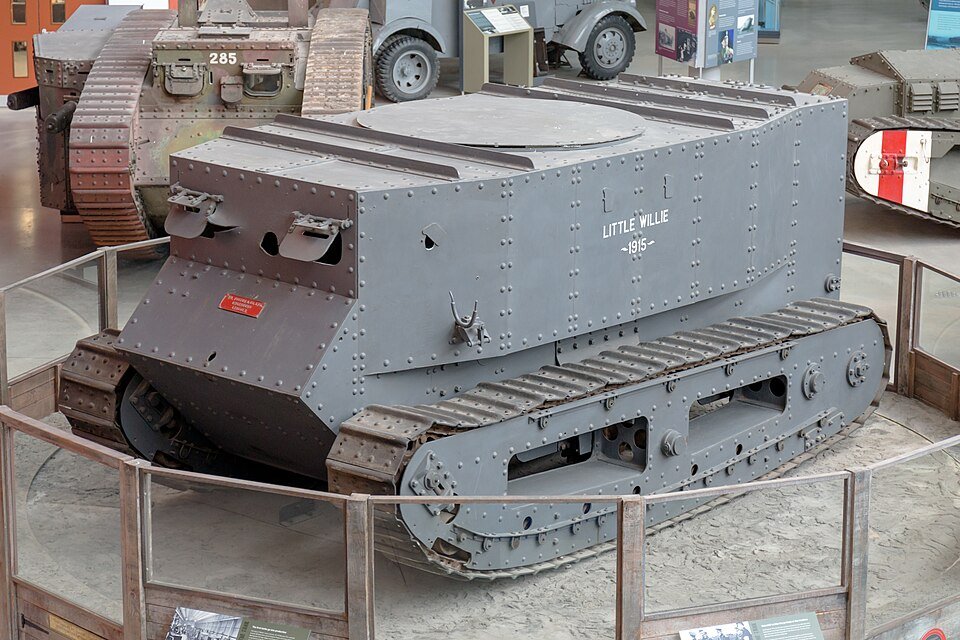
British engineers and inventors, notably William Tritton and engineer Walter Wilson, played pivotal roles in designing and producing the initial tank prototypes. The prototype, known as “Little Willie,” was developed in 1915, showcasing the fundamentals of an armored, tracked vehicle capable of traversing rugged terrains and overcoming obstacles such as trenches and barbed wire.
This prototype eventually evolved into the more operational and recognizable “Mark I” tank, which made its combat debut in 1916 during the Battle of the Somme. While initial deployments faced technical issues, the Mark I tank demonstrated its potential to break through enemy lines and provided a glimpse of the future of mechanized warfare.
Therefore, while several nations later developed their versions of tanks and contributed to their evolution, the credit for creating the world’s first tank goes to Great Britain for their pioneering efforts during World War I.
What were the British heavy tanks in World War 1?
During World War I, the British developed several types of heavy tanks to address the challenges of trench warfare. Among these were the Mark I, Mark II, and Mark IV heavy tanks.
Mark I Tank
The Mark I was the first operational tank used in combat. Introduced in 1916, it had a length of 26 feet and weighed around 28 tons. Its design featured caterpillar tracks enabling it to traverse rugged terrain, cross trenches, and withstand enemy fire to a certain extent. Armed with two 6-pounder naval guns and machine guns, Mark I’s initial deployment at the Battle of the Somme revealed both strengths and weaknesses. Despite technical issues, it showcased the potential of armored vehicles to break through enemy lines.
Mark II Tank
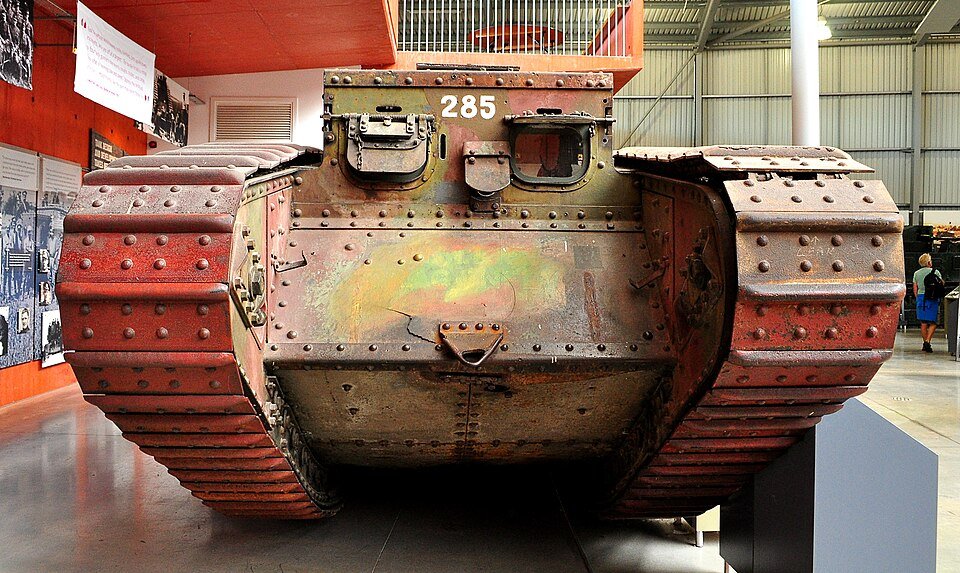
Following the Mark I, the Mark II tank was an improved version designed with enhancements based on the lessons learned from the earlier model. It featured modifications in engine power, steering, and armor layout. However, only a limited number were produced and saw combat.
Mark IV Tank
The Mark IV, introduced in 1917, was an evolution of the Mark I and Mark II tanks. It incorporated improvements in armor protection, mobility, and firepower. This model had various subtypes with adaptations for different roles on the battlefield, such as the “Female” with machine guns and the “Male” with cannons.
These heavy tanks played a crucial role in breaking the stalemate of trench warfare, demonstrating the viability of armored vehicles in modern warfare and paving the way for further developments in tank technology.
How Britain Invented The Tank In The First World War?
The development of the tank during World War I is attributed to the British, primarily due to the efforts of a few key individuals and technological innovations.
Need for Innovation
World War I brought forth a brutal reality on the battlefield: trench warfare, marked by static defensive positions and a grim, protracted stalemate. Soldiers entrenched themselves in elaborate systems of trenches, facing the constant threat of enemy fire, barbed wire, and devastating artillery barrages. This entrenched warfare led to a deadlock where neither side could make significant advances without incurring catastrophic losses.
Amidst this harrowing landscape, the urgent need for innovation became undeniable. Conventional warfare tactics proved futile against the formidable defenses, prompting a search for a game-changing weapon. The call was for a revolutionary apparatus capable of traversing the treacherous landscapes of mud-filled trenches, overcoming the barriers of barbed wire, and providing cover and support for infantry in the face of relentless enemy fire.
This quest for a new weapon stemmed from the inherent limitations of traditional strategies and weaponry, urging military minds to envision an unconventional solution. The necessity for a breakthrough became the catalyst for the development of the tank. This armored juggernaut would ultimately redefine the dynamics of warfare and shatter the impasse of trench-bound battles. The emergence of the tank marked a pivotal moment in history, introducing a new era of mechanized warfare and challenging the entrenched norms of traditional combat.
Inventors and Development
The invention of the tank during World War I was a collaborative effort involving several key figures, each contributing crucial elements to its conception, design, and development. Colonel Ernest Swinton and William Hankey played pivotal roles as advocates for a new type of armored vehicle, recognizing the urgent need for a solution to the stagnation of trench warfare. Their vision and advocacy laid the groundwork for the tank’s inception.
However, the intricate design and practical development of the tank were primarily spearheaded by William Tritton and engineer Walter Wilson. William Tritton, serving as the director of William Foster & Co. Ltd., an established British agricultural machinery company, brought invaluable expertise in engineering and manufacturing. His leadership and technical insights were instrumental in transforming conceptual ideas into tangible armored vehicles.
Working alongside Tritton, engineer Walter Wilson contributed significantly to the tank’s development. His innovative engineering designs, particularly in the realm of tracked vehicles, provided the essential framework for the tank’s mobility and functionality in traversing rugged terrains and overcoming obstacles like trenches.
Together, these visionary individuals combined their expertise, strategic foresight, and engineering prowess, culminating in the birth of the first operational tank. Their collaborative efforts and innovative approaches laid the foundation for a new era of mechanized warfare, fundamentally altering the course of military history.
The Birth of the Tank
In 1915, amidst the throes of World War I, the inception of the tank began with the development of a seminal prototype known as “Little Willie.” Crafted as a tracked vehicle, this pioneering model was a tentative leap into the uncharted realm of armored warfare. Though “Little Willie” exhibited limited mobility and operational capability, it served as a foundational stepping stone in envisioning an armored, all-terrain vehicle capable of traversing the treacherous landscapes of trench-ridden battlefields.
Building upon the lessons learned and the shortcomings identified in “Little Willie,” engineers and visionaries tirelessly worked towards refining the design, led to the birth of the “Big Willie,” affectionately dubbed “Mother.” This improved prototype showcased enhanced features, addressing some of the mobility issues and structural limitations of its predecessor. “Big Willie” served as the pivotal model that laid the groundwork for the development of the first operational tank – the Mark I.
The evolution from “Little Willie” to “Big Willie” and subsequently to the Mark I represented an evolutionary journey driven by relentless innovation, overcoming technical challenges, and a steadfast commitment to revolutionize warfare. This transformative progression marked a watershed moment in military technology, heralding the dawn of armored vehicles that would forever change the course of modern war.
Mark I Tank
The unveiling of the Mark I tank in 1916 marked a watershed moment in military innovation, introducing an unprecedented machine that promised to revolutionize warfare. This formidable armored vehicle, equipped with tracks for mobility across treacherous terrain, possessed the remarkable ability to navigate trenches and surmount obstacles like barbed wire, previously insurmountable barriers in the theater of war. Its advent heralded a new era, offering the potential to break the impasse of trench warfare that had ensnared armies for years.
However, in a shroud of secrecy and caution against potential espionage, the British referred to this groundbreaking invention as a “water tank.” This designation served as a clever ruse, deliberately misleading spies and outsiders about the true nature of this armored marvel. Such misdirection was crucial to safeguarding the innovative technology from falling into enemy hands prematurely.
Despite its disguise, the “water tank” – the Mark I – became a game-changer on the battlefield. Its deployment during the Battle of the Somme showcased its capability to provide cover for infantry, breach enemy lines, and offer a glimmer of hope amidst the entrenched stalemate of trench warfare. The success and potential of this early armored vehicle laid the foundation for further advancements in tank technology and forever altered the course of modern warfare.
Battle of the Somme
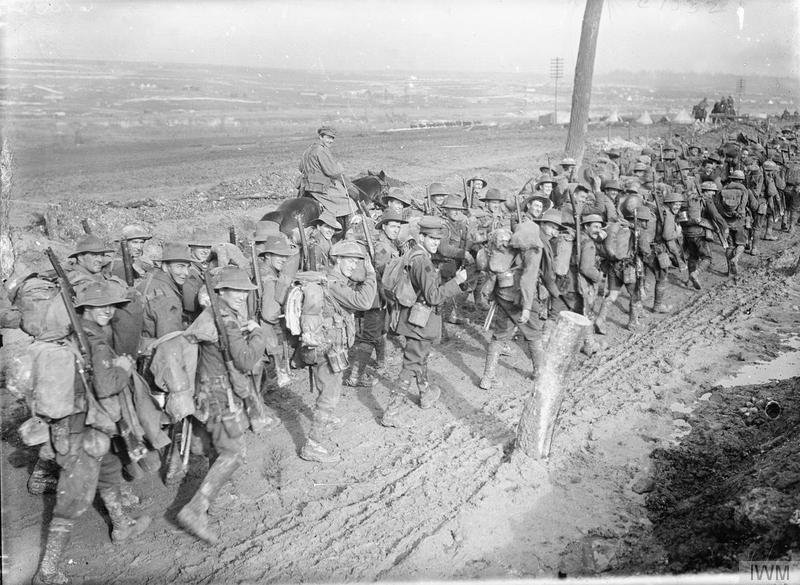
The Battle of the Somme marked the historic debut of the tank in combat on September 15, 1916, during World War I. This introduction was a watershed moment in military history, unveiling a new weapon designed to overcome the deadlock of trench warfare.
Despite the tanks’ potential, their initial deployment faced considerable challenges and exhibited technical issues that hindered their effectiveness. The Mark I tanks, used for the first time, encountered mechanical failures, such as engine troubles and track breaking, which impeded their progress on the battlefield. Moreover, limited numbers and unfamiliarity with the terrain affected their strategic impact.
However, amidst these setbacks, the deployment of tanks at the Somme showcased their unparalleled ability to traverse rugged terrains, including trenches and shell-cratered landscapes. Their sheer presence instilled a sense of fear and confusion among the enemy forces, and despite the technical shortcomings, the tanks managed to breach enemy lines at specific points.
This inaugural use of tanks at the Battle of the Somme demonstrated their potential to break the stalemate of trench warfare. Despite the initial technical setbacks, their ability to cross obstacles and disrupt entrenched positions laid the groundwork for further development and refinement of armored vehicles, leading to their pivotal role in modern warfare. The Somme served as a crucial learning experience, guiding future strategies and advancements in tank technology for more effective battlefield implementation.
Further Development and Impact
The introduction of the Mark IV tank in 1917 marked a pivotal moment in the evolution of armored warfare during World War I. Building upon the foundational concepts of its predecessors, the Mark IV showcased significant advancements that redefined the role of tanks on the battlefield.
One of the most notable improvements in the Mark IV was its enhanced armor protection. This model incorporated thicker armor plating, offering increased resilience against enemy fire. This reinforced defense allowed the tank crews a better chance of surviving in the tumultuous and hazardous conditions of trench warfare.
Moreover, the firepower of the Mark IV was substantially upgraded. It was equipped with a more potent armament system, which included various combinations of cannons and machine guns. This increased firepower endowed the tank with greater offensive capabilities, enabling it to effectively engage enemy positions, neutralize strong points, and support infantry advances.
Additionally, the mobility of the Mark IV was refined, addressing some of the earlier models’ issues with maneuverability. Improved engines and suspension systems allow for better control and navigation across challenging terrains, including the capacity to traverse shell-cratered landscapes and trenches more effectively.
The Mark IV’s technological advancements set the stage for subsequent tank developments and refined tactics, laying the groundwork for the future of armored warfare. Its success on the battlefield not only altered the course of the war but also emphasized the crucial role tanks would play in shaping modern military strategies and doctrines.
During World War I, the British spearheaded tank development through a collaborative effort rather than the sole endeavor of one individual. The tank’s genesis emerged from a fusion of diverse technological advancements and the collective ingenuity of multiple visionaries. It represented a breakthrough in warfare, challenging entrenched strategies and reshaping the battlefield.
The introduction of the tank heralded a new era in military tactics and technology. Its innovative design and capabilities shattered the stalemate of trench warfare, showcasing its potential to overcome obstacles, traverse challenging terrains, and provide cover for infantry. The success of the tank during its debut at the Battle of the Somme underscored its significance in altering the course of the war.
This pioneering armored vehicle laid the groundwork for subsequent advancements in armored warfare. Its deployment laid the foundation for the evolution of tanks, fueling the development of modern mechanized warfare and forever altering the tactics and strategies employed on the battlefield.









